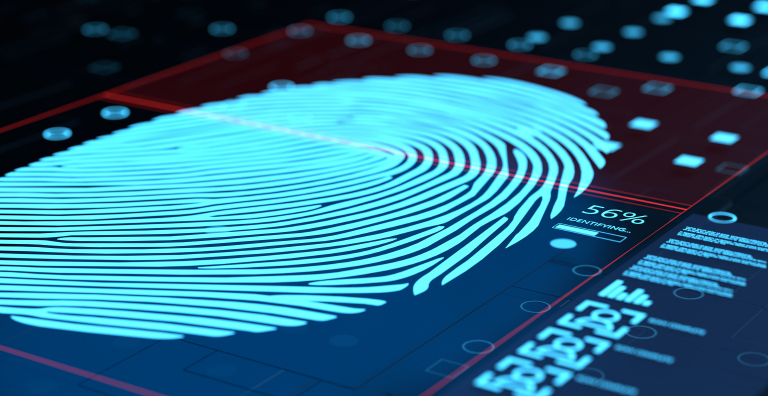True Crime – Dawn Bruce
In December of 1990, around 3:00 AM, Robert Douglas Knight pried open a window and broke into the apartment of 22-year-old Dawn Bruce as she slept. He then used a hunting knife to stab her and sexually assault her. Bruce’s mother found her body in a pool of blood a few days later after she hadn’t heard from her.
Knight left behind very little evidence at the crime scene. He did not leave the murder weapon behind and there were no fingerprints found except a very faint partial print left on a pillowcase. Investigators had very little to work with and the forensic team was not very hopeful after their initial investigation.
Knight lived next door to Bruce and became a suspect after being interviewed by detectives. They learned that Knight had made advances towards Bruce and she had spurned him. But Knight seemingly had an alibi on the night of the crime as he was with his girlfriend at her house for most of the night.
The partial print on the pillowcase was analyzed, but the texture of the pillowcase made it very difficult to extract a clear image of the ridge detail. Various chemical processes were used, and the pillowcase was examined under a microscope, but the print could not be used. The only evidence against Knight was that he had a relatively rare blood type which matched that of the semen found at the scene. Even though the evidence was weak, he was arrested.
Around this same time at a latent fingerprint conference, investigators met a vendor presenting new image enhancement technology. They decided to use the technology on the partial print left on the pillowcase of Dawn Bruce. Because the fibers of the pillowcase interfered with the latent print, the technology would allow the texture of the pillowcase to be removed from the image, leaving behind clear ridge detail.
After a print was finally clear, a forensic examiner still couldn’t match the print to Knight. Later, Knight’s prints were retaken with special attention to obtaining high-quality, rolled images — from nail-to-nail. In 1990, prints were still obtained using ink and paper because electronic fingerprint scanners did not yet exist. This time, a match was found to Knight on the side of his left thumb.
In court, the defense argued that the fingerprint evidence should not be allowed because the image had been enhanced. This was the first time this kind of technology was used in court. But the prosecution successfully showed how the technology worked, and the judge allowed it, setting a precedent.
While the trial was occurring, a maintenance person opened a panel in Knight’s old apartment and found a hunting knife in a sheath which he then turned into the police. The serrated blade matched the impression left on the pillowcase perfectly. Finally, a DNA test was performed on the semen, and this matched Knight.
After learning about all of the evidence against him, Knight eventually pled guilty in order to avoid a death sentence. He is currently serving four life sentences at the Greensville Correctional Center in Jarratt, Virginia. The crime he committed was horrific and he might have gotten away with it if not for the use of various types of technology.
Bruce’s mother had to live the nightmare of having her daughter murdered and finding her body. But she would later say this:
“I told my other daughter one day, when we were talking about life, and about her family plans, when she said that she didn’t think she was gonna have children because she didn’t know that she could go through what I had gone through, and I told her, if I knew ahead of time that Dawn was gonna be murdered, I would still have had Dawn, because she brought such joy to us as a family. Do not ever not have children for fear of loss because life is not a guarantee.”
Russell Megonigal is an expert in biometric identity hardware and SDK portfolios. Before joining Crossmatch, a world leader in biometric identity management solutions that became part of HID Global in 2018, he worked for two of the largest suppliers of point-of-sale software and hardware for restaurants. Russell has 20 years of experience in the technology industry, including 15 years as a product manager.
